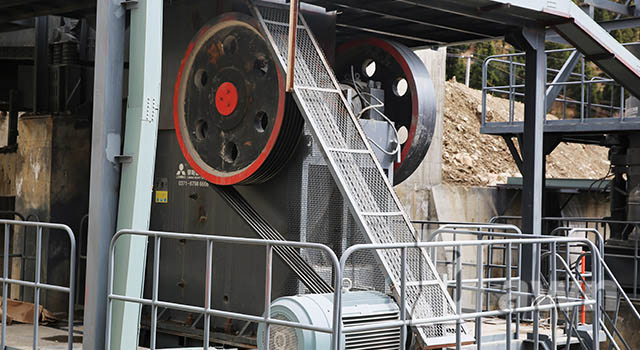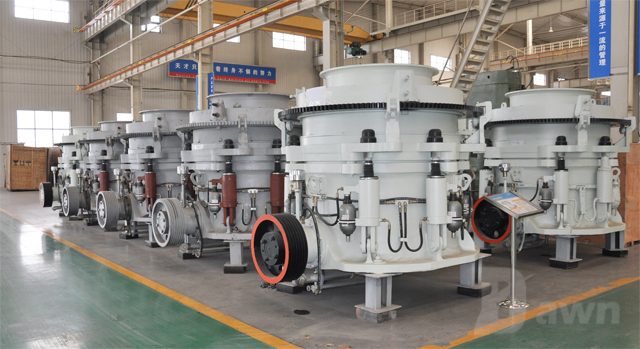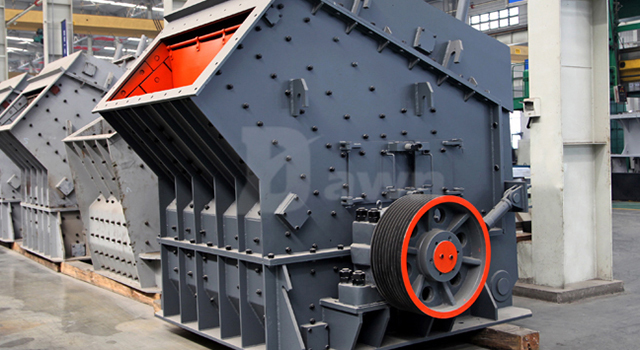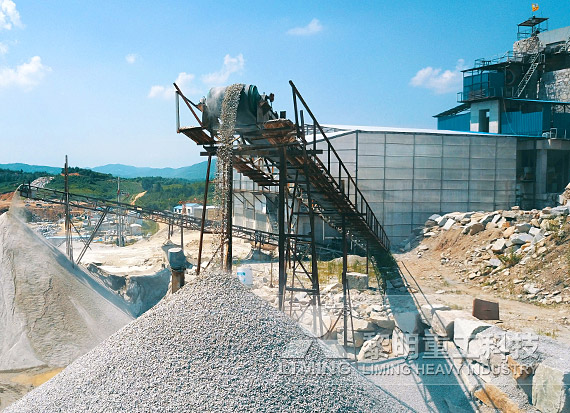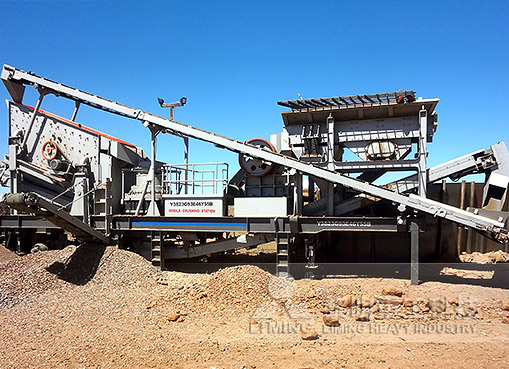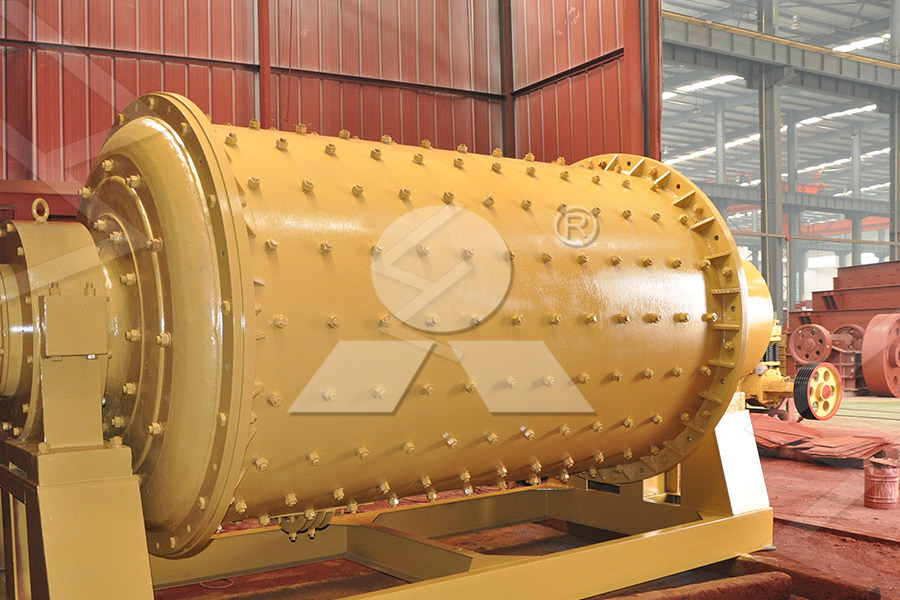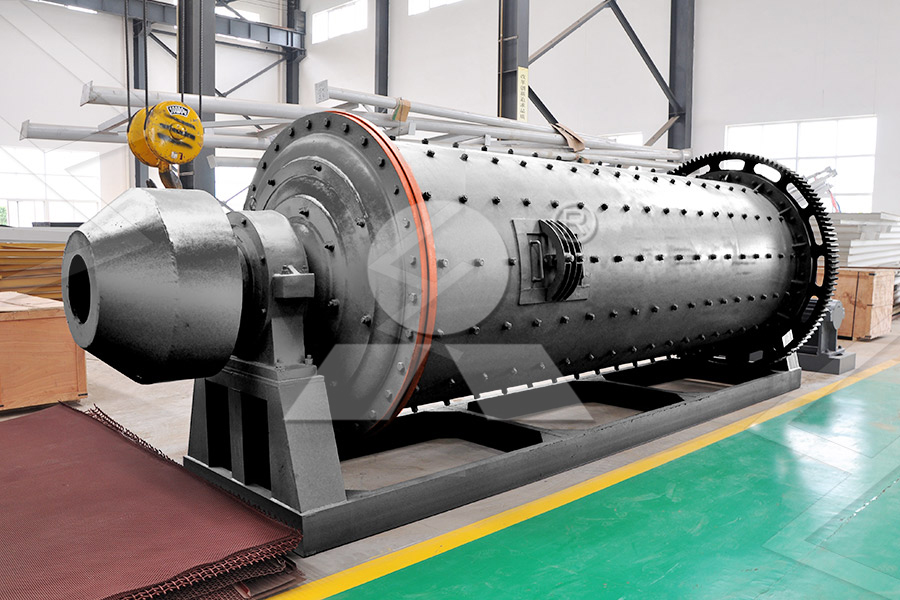Recently, with an annual output of 150,000 tons, another set of LM series vertical coal mill were installed and commissioned by Dawn machine. After-sales engineers of Dawn machine guide operators
for equipment maintenance operation training and on-site operations.
LM series vertical coal pulverizers provide sufficient clean pulverized coal for enterprise combustion systems. Its energy-saving, environmentally-friendly and safe features have won praise from customers.

